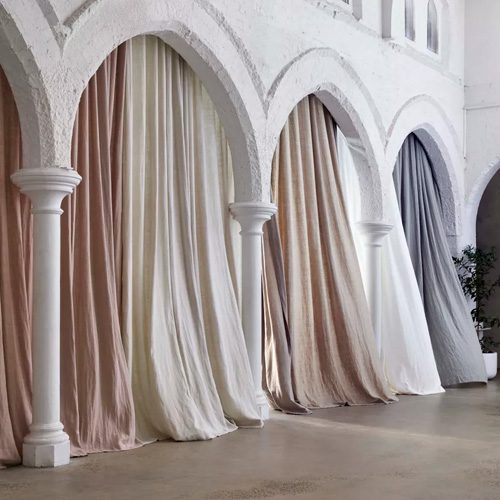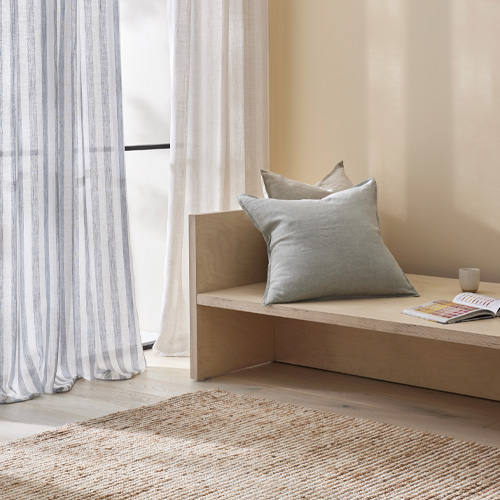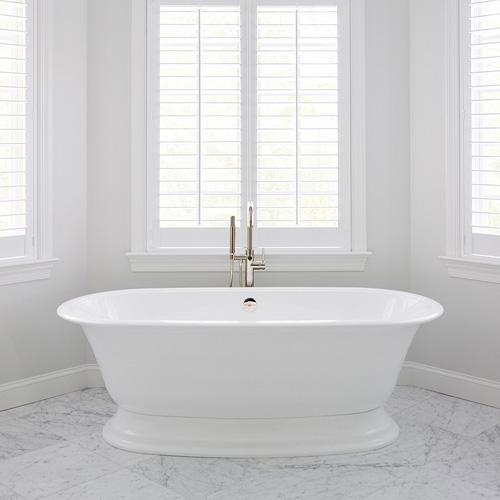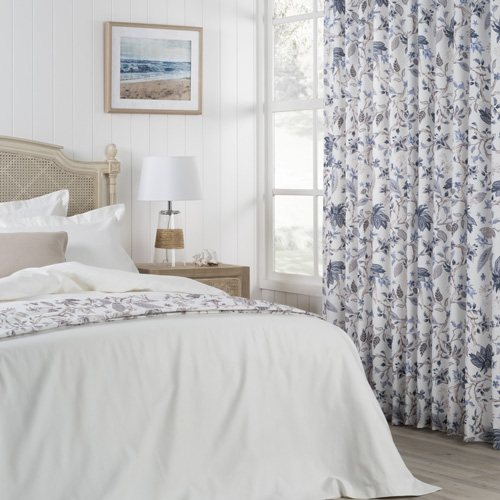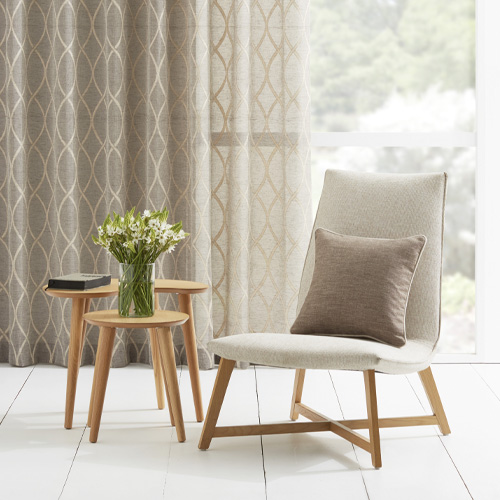(The second in a three-part series)
In part one of this series, we considered how different types of curtains suit different types of rooms. We discussed goals that work in every room, as well as focus areas that empower sound curtain design decisions. We then applied this to bedrooms in general, and children’s bedrooms in particular. In this article, we’ll take a more detailed look at kid’s curtains – in their bedrooms and beyond.
Childrens Curtains and Fundamentals of Curtain Design
Children bring unique challenges to the curtaining process. There are definite benefits to factoring in their age, taste and behaviours – and this doesn’t only apply to their bedrooms. As you’ll see, the presence of children might influence the curtain design decisions of every room.
First, let’s review some useful curtaining goals and focus areas.
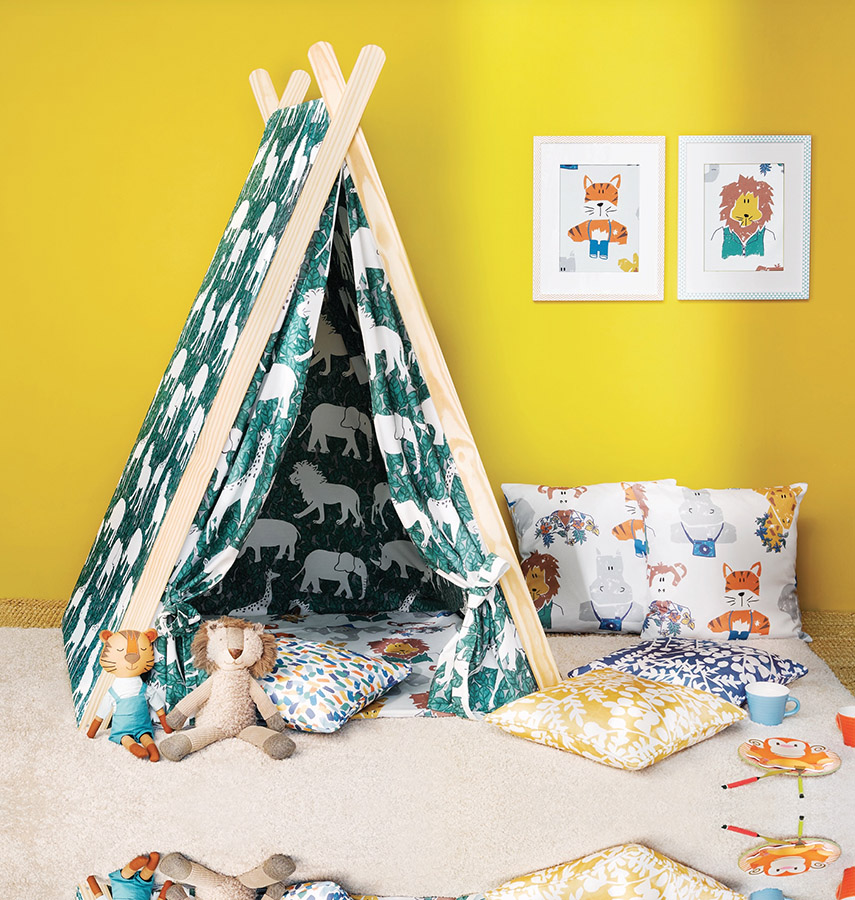
Curtain Design Using Goals and Focus Areas
Our Stella Curtains & Blinds team has decades of experience, so it’s unlikely there’s a home-style, situation or child-challenge that we have not encountered. Nevertheless, through all the variety we’ve experienced, we recognise that some design goals almost always apply.
Goals and Curtain Selection
These include:
- Engaging beauty
- Enduring style
- Sensible pricing
- Functionality
- Practicality, and
- Safety
We mentioned these in our earlier article, but we’ve added ‘safety’ this time. If you read on, you’ll see why.
When choosing curtains for children, the last three goals are especially important: those of functionality, practicality, and safety.
Focus Areas for Curtain Selection
In that same earlier article, we also mentioned 12 curtain design focus areas. Careful consideration of those 12 subjects can lead you into the practical, toward the functional, through your preferences, across the seasons and then into issues of style, heating, cooling, airflow, aesthetics, privacy and safety considerations.
All these areas are worthy of individual analysis, but let’s focus on child awareness as we consider children’s bedrooms. The bottom line: there’s more to think about when the little ones are involved.
If you already know you’d like personalised help with the process, you can call 0411 557 622 or request contact using the form provided. We’re here to help!
Kids Curtains (or Curtain Design and the Little Ones)
Let’s begin with the basics. In {part one of this series}} we recognised these common bedroom curtain goals. When it comes to children’s bedrooms, however, we add two more. Our curtain design goals therefore include:
- Reducing or blocking external light (from sun, streetlights or headlights).
- Allowing natural light to soak a room during the day or when waking.
- Practicality for the rigours of childhood and play.
- Creating privacy for dressing and play.
Essentially, you’ll need a kid-customised solution, using deliberately chosen kids curtains with carefully selected kid-features.
To begin with, children’s bedrooms are typically space-poor. Bulky furnishings like beds, bunks, desks, cupboards and toy boxes can dominate – and then there’s the things that shouldn’t be on the floor. Some days, you might not even be sure you’ve got carpet! In such spaces, full length curtains may not be appropriate. Instead, a fabric Roman blind may be more suitable, this way a desk and other furnishings can go under or around it.
Can you have curtains that block the light, yet also allow sunlight to bathe your child’s bedroom by day? Yes, you can; pair a nighttime (blockout) curtain with a sheer curtain running parallel to it. During the day, you open the nighttime curtain but leave the sheer curtain closed.
Allowing soft light to bathe your child’s room can make it a pleasant play haven for your child. It will also allow you to preserve some of your other open spaces from the rigours that can come from boy’s and girl’s play.
Consider the benefits of soft light through controlled light seepage. It can induce a contemplative mood and can also lead to sleepiness – something most parents want to provoke in their child at least once a day.
Your curtains or blinds should operate simply enough that a school-aged child can do it. Some habits don’t come naturally to children. One example would be teaching them to close their blinds or curtains before changing, and another is to bother pulling curtains out of the way before sliding a window shut. These challenges and more are helped by easy to operate mechanisms.
Very young children can strangle themselves on blind and drapery cords; sadly, one to two children do this every year in Australia. Remember to accommodate safety concerns and compliance standards when designing your children’s curtains and blinds.
Children’s Curtains and Play Spaces
The principles that apply to children’s curtains for bedrooms, also apply to the other spaces where they play. People doing DIY-curtaining frequently overlook this.
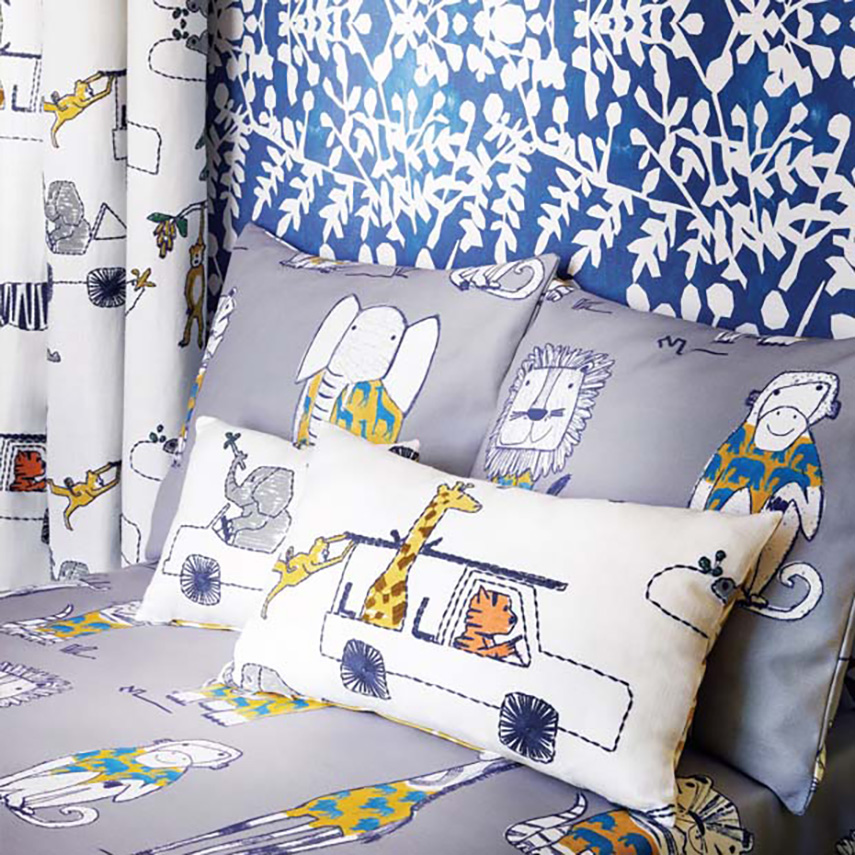
Children aren’t like ‘big-people’. Often that’s an energetic and delightful blessing, but sometimes it’s annoying. Kids curtains will usually be stress-tested more than any other curtains in your home. Children will stretch, stain, crease and damage your curtains in ways few adults ever would.
Children can (and often do):
- Scrunch curtains as they ‘hide’ behind them (sometimes with an adorable foot protruding naively underneath),
- Wipe grease, dirt and even paint on curtains, rather than dry or clean their hands elsewhere.
- Damage curtain mechanisms as they tug or drag them rather than closing them properly.
- Trap them in doorways and windows as they slam them closed,
- Pull them violently aside when looking for a missing toy,
- Allow them to fly wildly in an open door or window,
- Tangle and trip on cords.
These sort of kid antics lead us back to the matter of practicality. In the last article, we mentioned that kids usually don’t like living in a museum. Our experience is that home becomes less homely if loaded with things children cannot touch or tamper with.
We should also factor in your child’s sex. Boys and girls offer many common challenges, but they provide many different ones too. Anyone who has been a parent knows this.
We live in an age when some would argue that curtain design strategies should be the same for girls and boys. For those who embrace that ideology, the suggestions above will be helpful. For those who choose to support their child’s development and personality in more traditional ways, some of the following may assist.
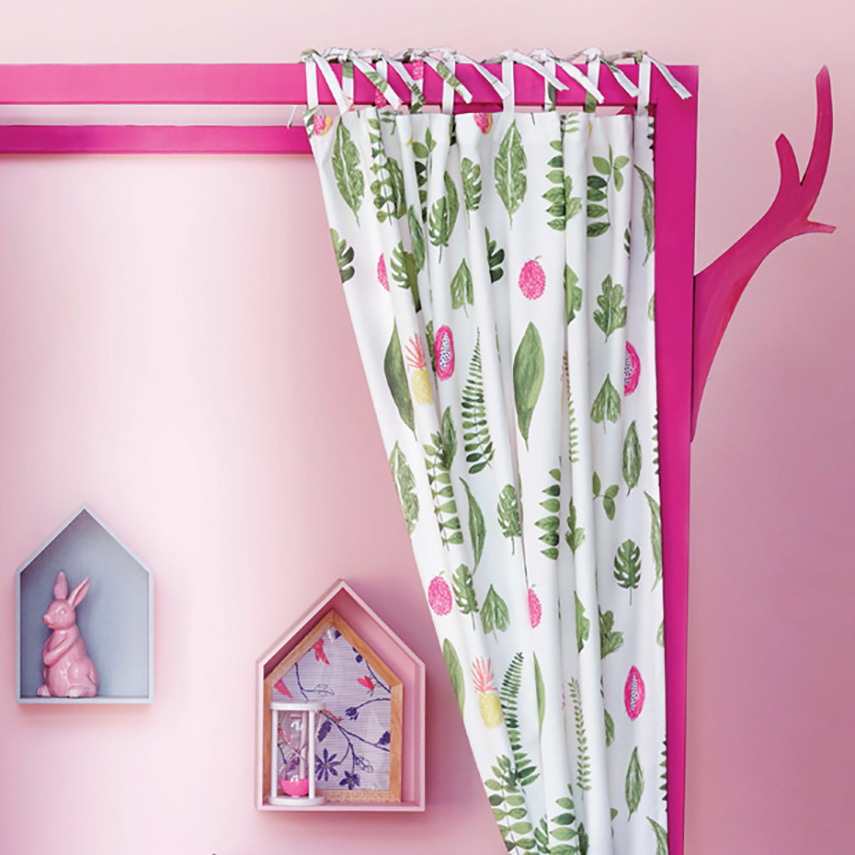
Girls Curtains
The days of blue for boys and pink for girls are long gone. Nevertheless, your child’s sex can still healthily guide you when choosing colours, fabrics and themes.
It’s been our experience that many girls enjoy curtains that are soft, beautiful and dare we say it, more feminine. We might argue whether it’s pink or magenta, but at days end, colour, materials, style and design all elicit an emotional response. That is a pleasure we want our children (and their visiting friends) to enjoy.
A soft wash of colour tends to be the order of the day. Bold and bright is rarely sought as most girls prefer a nest-like, perhaps dream-like warmth and welcome to their room.
Many fabrics and patterns allow the embrace of femininity while still allowing room for the creative.
Boys Curtains
Boys also have a mood and atmosphere they will feel most at home with. That’s also likely to work with their friends. As with daughters, it is good to involve your sons in these window covering decisions.
Boy’s curtains come with an enormous variety of options, yet our experience has been that young boys continue to love bold stripes and intense colours. Colour combinations like red, white and blue can work well.
If you’re worried about overwhelming the room, you can offset the boldness with neutral, monochrome colours elsewhere in the room. Thinner colour panels will also help ensure these colours enhance rather than distract from the room’s other features.
Boys curtains should usually help the room feel robust, dependable and adventurous – just like the type of character many boys aspire to be.
Both boys and girls seem to appreciate soft and sheer curtains floating in the breeze. The dim light filtering of translucent curtains during the day is a universal winner. Explore the boy versus girl difference by varying colours, textures and patterns.
We’ve got lots of options (and samples) that we’d be happy to walk you through. Call us on 0411 557 622 or complete a Contact Request to learn more.
Kid’s Curtains in other Kid Spaces
As every parent knows, children don’t limit their activities to the bedroom. It seems sensible, therefore, to consider other kid-spaces as well. If you let your children influence the curtaining decisions beyond their bedroom, you’ll reap significant benefits in the long run.
When designing your curtain solutions, keep in mind the issues of practicality and the specific vulnerabilities that children bring. We’ve mentioned many of these already.
Rooms used for children’s play are often larger than most. They often feature long walls and frequently have large window areas. As a result, the curtain design decisions will significantly influence the mood and movement within the room.
It’s worth noting that in larger rooms:
- It’s usually wise to stick with neutral colours to retain the sense of space and size.
- It’s usually better to hang the curtains from high up, all the way to the floor.
- If using striped patterns, alternating horizontal, rather than vertical stripes, will also preserve your sense of space.
In these spaces, just like child bedrooms, you want kids curtains and blinds – not adult ones. In other words, you want curtains that:
- Are easy to clean or resistant to staining, to deal with grease, dirt, paint and Vegemite laden fingers.
- Have cords (if necessary) that do not present a tangle, trip or hanging hazard.
- Feature materials and parts that are strong enough to endure punishment.
- Use fabrics that can handle being scrunched, tugged and hidden behind.
- Include curtain mechanisms that are simple to operate.
Moving Forward
Now that we’ve applied some wisdom to children’s curtains – whatever room they’re in, how do you feel? If you feel overwhelmed, that’s somewhat normal. That’s why we’re here.
We’ve looked at some fundamentals of curtain design, then some of the unique challenges children bring. We considered curtaining goals and focus areas, how these can help, and how these apply to different children’s curtain scenarios.
We hope you feel empowered and inspired. If you think the best way to achieve your goals is to ask for help, we’d agree. We’ve chosen to specialise for a reason! There is a lot to consider.
You can attain engaging beauty, enduring style, sensible pricing, functionality, practicality and safety – but it doesn’t happen by accident. We’re here to help you achieve the best outcomes possible, the most enduring solutions and the broadest smiles. Call the Stella Curtains & Blinds team on 0411 557 622, or request contact via the online form. We look forward to our journey with you – and especially the destination!
